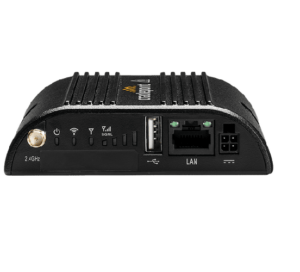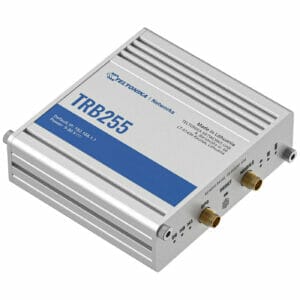
Same Day
Shipping for
Online Orders
Before 1pm
30 day
Money Back
Guarantee
NB-IoT & LTE-M
Cellular-based IoT communication uses two 4G LTE protocols known as NB-IoT and LTE-M, both of which are available right now in Australia and most other parts of the world.
For those unfamiliar with the technology the two are very briefly discussed below. For more comprehensive explanations please view our Resources section.
NB-IoT: Narrowband-IoT is a 3GPP standardised feature enabled within the Telstra and Vodafone 4G networks. The standard defines two Device Categories known as Cat-NB1 and Cat-NB2. These devices are able to operate on a single 180 kHz-wide resource block, allowing these devices to have extraordinary receive sensitivity. NB-IoT adds an additional 20 dB of link budget which equates to roughly ten times the coverage from each base station.
The obvious downside is that such a thin channel means only a tiny amount of data can be transmitted, with NB2 devices capable of a max download speed of 127 kb/s and upload speed of 159 kb/s. Most network operators also place limits on the number of messages per day making the technology only suitable for non-realtime applications.
LTE-M: Also known as eMTC, LTE-M is a similar technology based around LTE Device Categories Cat-M1 and Cat-M2. Using either 6 or 24 180 kHz resource blocks respectively, LTE-M supports faster data rates up to 0.4 Mb/s DL and 6.9 Mb/s UL and real-time communication including VoLTE voice. Using a larger channel of course means the range isn’t as incredible as NB-IoT, although still remarkably further coverage than the ordinary 4G network.
NB-IoT and LTE-M modems tend to be very compact, low cost, and with basic features. As they are designed for sensors, meters, and basic digital IO, many support serial or terminal block inputs.







